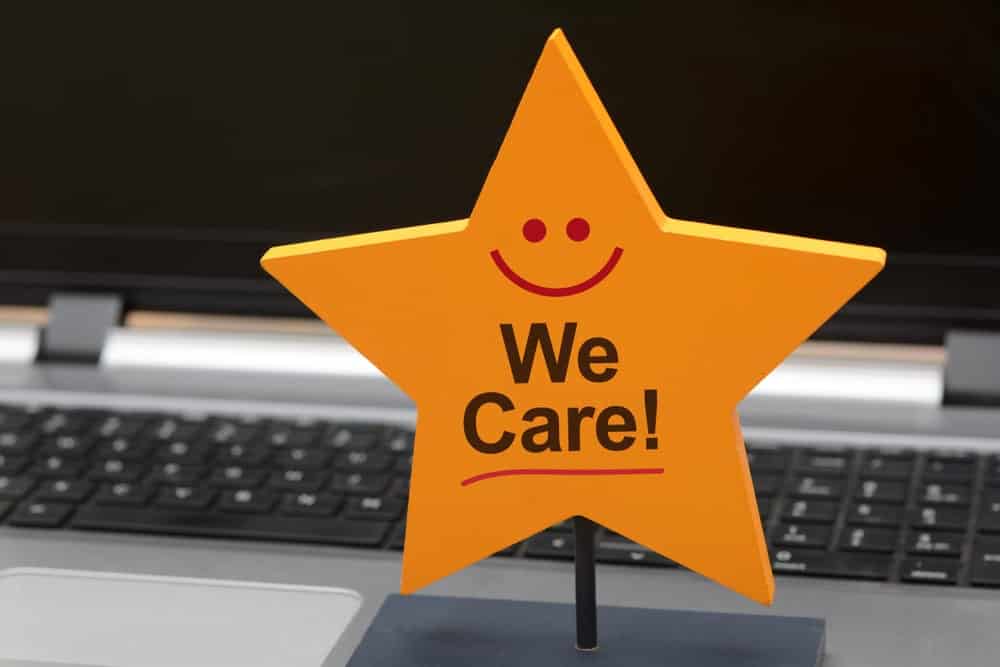
How to write a customer success story
Customer stories can draw us into the lives of others, cause us to feel empathy and motivate us to act. Today’s customers make about 60% of their buying decision before speaking to a customer service person. They ask for more information because they want to know directly from real product users; this is where customer success stories play a part.
Writing a customer success story for your website can be practically beneficial, here’s why, from our content writing team at Blue Whale Media.
What is a customer success story?
A customer story is there to inspire your audience; it has an emotional undertone that highlights the customer’s problem and the change that is owned due to using a product or service. A customer success story helps other customers imagine having similar outcomes during interactions with a business. In a customer story, characters, plot, conflict and resolution engage the reader and impact them emotionally.
Identify your best customers.
You want to begin with your greatest asset – active and happy customers. According to a study, a happy customer will tell nine people how happy they are. You know they are happy and committed because they have purchased several of your products, so they are no longer passers-by. These customers are the ones who should have a story to share.
Define the situation
Every story must have a hero, you’ll also need a scene, so the first scene should introduce the hero’s world. In defining the situation, remember that your customer is probably a company, so share a bit about their history and mission:
- Briefly highlight their goals
- A brief demo of their company culture
- Highlight a few things that led them to your product or website
- Don’t forget to mention the people behind the brand
What’s the challenge?
This is the question you should answer in your customer success story. The customer’s challenge is primarily why people should read the story. If the customer has struggled with certain aspects of the product or service, it is clear and obvious how to overcome the challenge. The essential thing is not to attempt to use jargon or industry terms that will confuse people.
The Solution
The ‘solution’ part of your story is important because it focuses on the customer, how they found you and what motivated them to purchase the product or service. Don’t just point your product as the best that works even if the user doesn’t use it or do the work. If there are challenges of using your product, highlight it as well.
The Results
The challenge and solution come first because most people can relate better with the ‘processes’ rather than the result. Most customer success stories will have a happy ending; this is expected because the solution should work; otherwise, there’s no point in sharing it.
In the future, make it a practice to ask your customers for testimonials and additional details to flesh out their customer story. A compelling customer success story has the power to engage to engage potential buyers and leads them to your company.




